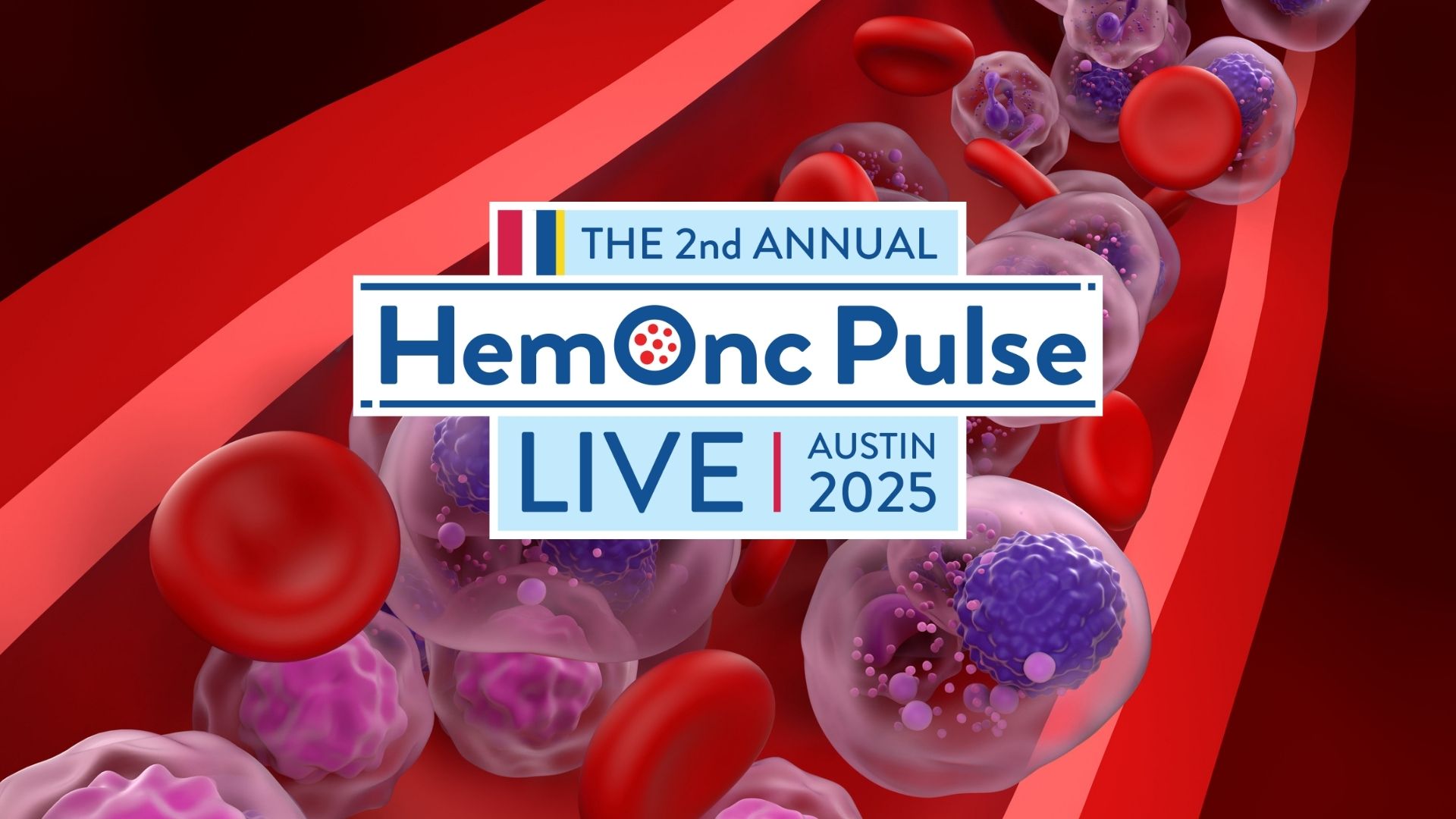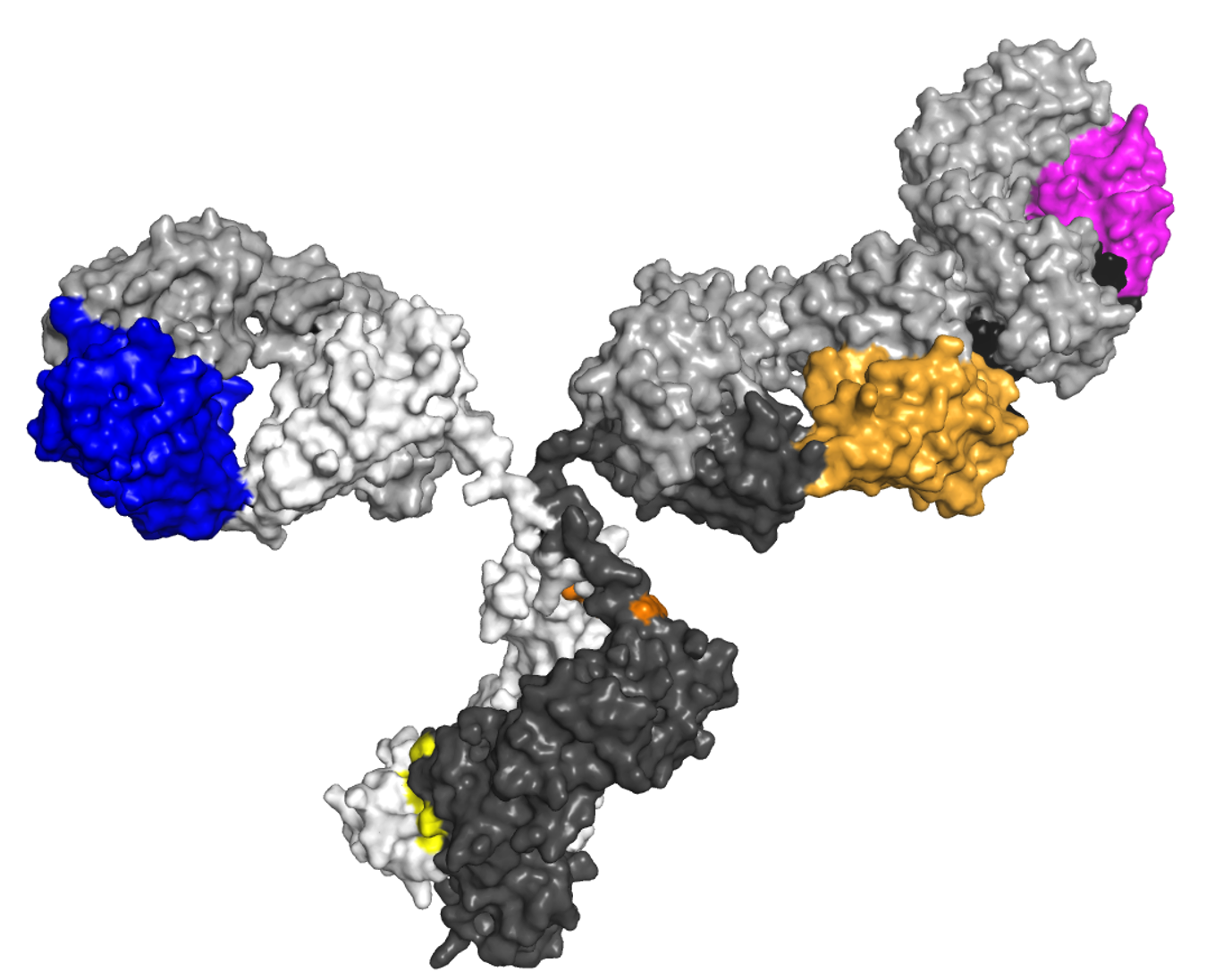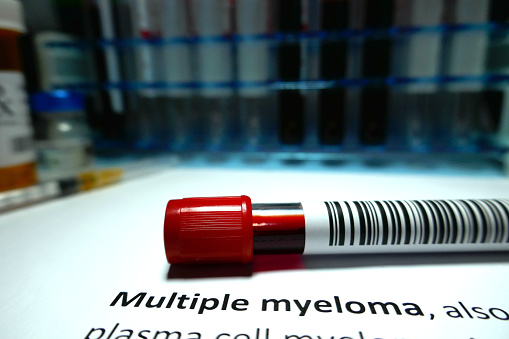
Although physical activity and exercise programs have shown benefit for patients with multiple myeloma (MM), clinical hematologists may under-recommend these regimens to their patients with MM, according to a new study.
Benefits of Exercise on Patient Quality of Life
Previous literature has explored the beneficial relationship between physical activity and quality of life improvement (QOL) sin patients with MM. A study published in BMJ Supportive and Palliative Care found that physically active MM survivors reported higher health-related QOL (HRQOL), including significant improvements in fatigue (P = 0.002) and reduced treatment-related adverse effects (P = 0.001), compared to patients who were not physically active.
The implementation of an exercise program for patients with MM was found to be feasible and safe, according to a single-arm study published in BMC Cancer. Eighty percent of patients approached for the study agreed to participate in the interventional exercise regimen, and the enrolled patients displayed high attendance in supervised classes (87%) and high adherence to at-home exercises (73%). Patients participating in the program showed improved scores in QOL and fatigue assessments and improvements in upper and lower limb strength after six months (P <0.01).
“The principal finding of this study is that a tailored exercise program is safe and feasible in treated MM patients,” wrote the authors of the BMC study. “Patient participating in the study demonstrated improvements in QOL measures, particularly fatigue, and in muscle strength, suggesting possible benefits of such an exercise program.”
Hematologists Report Lack of Confidence Promoting Exercise
A new study published in the Journal of Cancer Survivorship assessed attitudes and practices of clinical hematologists in recommending exercise and physical activity to their patients with MM. The investigators surveyed 34 hematologists (a 68% response rate). Cumulatively, respondents treated around 340 patients with MM weekly. Factors surveyed included respondent perception of benefits and feasibility/safety of physical activity for patients and the frequency, confidence, and challenges of providing advice regarding exercise.
Nearly all participants (97%) reported that they felt that physical activity was important and beneficial for patient QOL, daily living, mental health, and fatigue. Eighty-eight percent of hematologists reported discussing physical activity “at least occasionally” with their patients.
More than two-thirds of respondents reported not feeling confident in advising their patients on specific exercises, and 62% did not feel confident in identifying physical activity resources to recommend to patients. Overall, 44% of respondents never referred patients to exercise professionals, and 18% only recommended professionals at the patient’s request. More than half did not recommend exercises to patients with spine fractures or who were “physically unwell.” The investigators did not report significant differences in promotion of exercise across hematologist characteristics, such as age, sex, practice type, and own level of physical activity.
In conclusion, the authors wrote: “Clinical hematologists perceive physical activity as important but lack confidence on what exercise(s) to recommend and if exercise is appropriate for specific disease complications. They tend to not refer patients to exercise professionals.”
They advised, “Patients with MM often suffer from symptoms and toxicities that may be alleviated through physical activity. However, physical activity participation rates are low. Support for clinical hematologists for when and how to discuss exercise, and clearer referral pathways to exercise professionals may improve physical activity uptake and hence ensure access to optimal care, thereby improving patient outcomes.”






 © 2025 Mashup Media, LLC, a Formedics Property. All Rights Reserved.
© 2025 Mashup Media, LLC, a Formedics Property. All Rights Reserved.